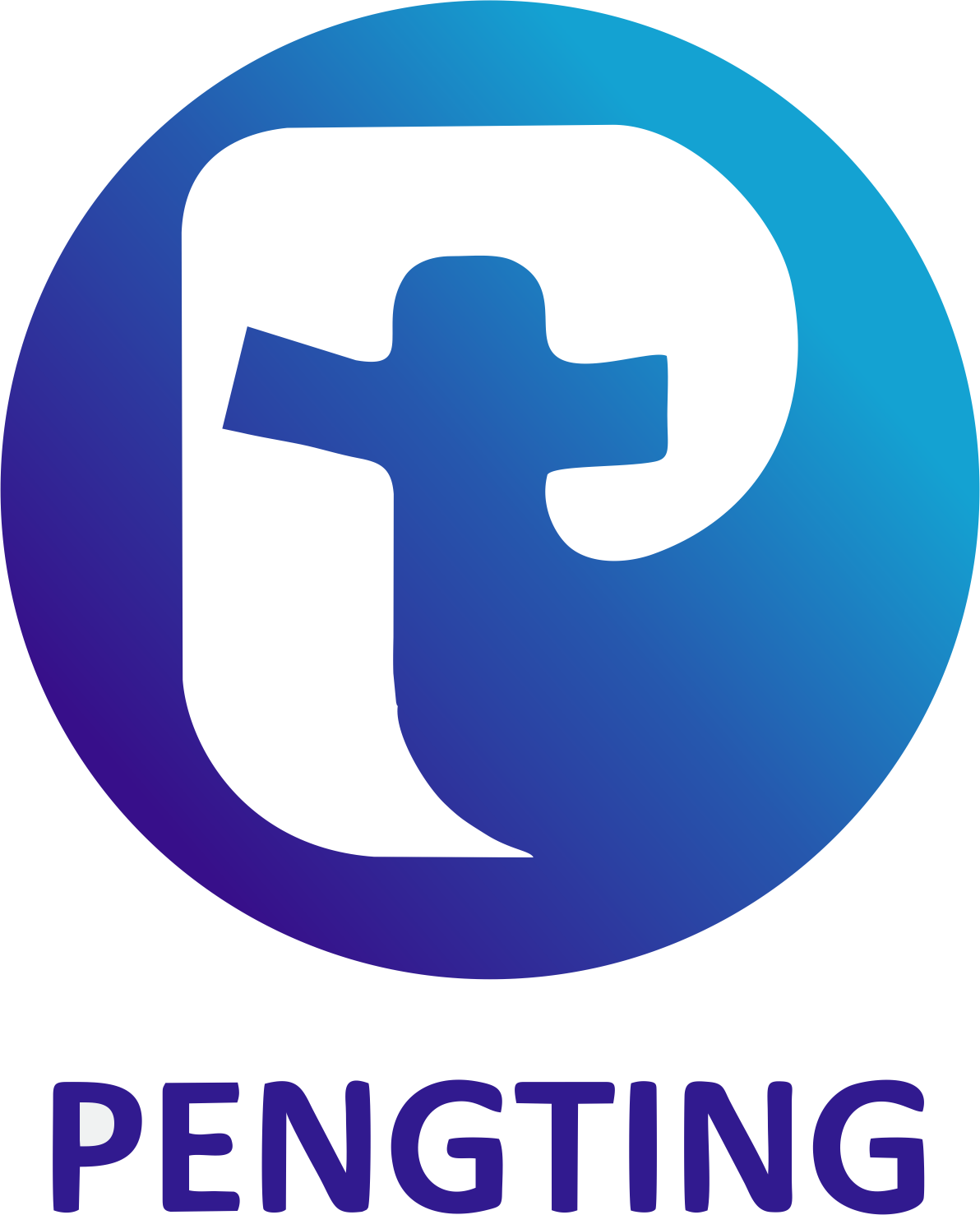
The global peptide therapeutics market, projected to reach 75 billion by 2028, stands at a pivotal juncture as patents protecting blockbuster peptide drugs valued at over 25 billion are set to expire between 2025 and 2027. This unprecedented patent cliff creates massive opportunities for generic manufacturers, with analysts projecting that generic peptides could capture 35-45% of the current branded market within five years of patent expiration. However, the path to successful generic entry is fraught with complex regulatory challenges, manufacturing hurdles, and intellectual property considerations that require sophisticated strategies. This comprehensive analysis examines the evolving peptide patent landscape, identifies key expiration dates across therapeutic categories, and outlines strategic approaches for generic manufacturers to capitalize on this once-in-a-generation market shift while navigating the unique complexities of peptide-based therapeutics.
The Evolving Peptide Patent Landscape
The peptide pharmaceutical industry is experiencing rapid transformation as foundational patents approach expiration, creating openings for generic competition in previously protected markets.
Current Market Dynamics and Patent Density
The peptide therapeutic market demonstrates unique patent characteristics:
- Patent Concentration: 65% of peptide drug value protected by patents expiring by 2027.
- Therapeutic Distribution: Diabetes (40%), oncology (25%), cardiovascular (15%), other (20%).
- Geographic Variation: Different expiration dates across US, EU, and Asian markets.
- Patent Thickets: Average of 8-12 patents per peptide drug creating complex freedom-to-operate landscapes.
Historical Patent Expiration Patterns
Analysis of previous peptide patent expirations reveals predictable market patterns:
- Market Share Erosion: Branded products typically lose 70-80% market share within 3 years.
- Price Reduction: Average 30-50% price decrease following generic entry.
- Volume Expansion: Overall market volume increases 25-40% due to improved accessibility.
- Innovation Response: Originators typically launch next-generation products within 2-3 years.
“The 2025-2027 patent cliff represents the most significant opportunity in peptide therapeutics history. Generic manufacturers that successfully navigate the complex regulatory and manufacturing challenges will capture substantial market share, but success requires more than just chemical equivalence—it demands comprehensive understanding of peptide-specific requirements.” — Dr. Michael Chen, Patent Strategy Director, Global Pharma Consultancy.
Key Patent Expirations in 2025-2027
Several blockbuster peptide drugs face patent expiration, creating immediate opportunities for generic manufacturers.
Major Molecules Losing Protection
High-value peptides with impending patent expirations:
| Peptide Drug | Therapeutic Area | 2024 Sales ($B) | Key Patent Expiry | Market Impact |
|---|---|---|---|---|
| Liraglutide | Diabetes/Obesity | 5.2 | 2025-2026 | High |
| Dulaglutide | Diabetes | 4.8 | 2026-2027 | High |
| Semaglutide | Diabetes/Obesity | 6.1 | 2026-2028 | Very High |
| Teriparatide | Osteoporosis | 1.5 | 2025 | Medium |
| Bivalirudin | Anticoagulation | 0.8 | 2025 | Medium |
Therapeutic Area Impact Analysis
Patent expirations will affect different therapeutic categories disproportionately:
- Diabetes and Obesity: 65% of expiring value, creating massive generic opportunities.
- Oncology: 20% of expiring value, with complex manufacturing requirements.
- Cardiovascular: 10% of expiring value, with established generic pathways.
- Rare Diseases: 5% of expiring value, with orphan drug protections complicating entry.
Generic Peptide Development Challenges
Developing generic peptides presents unique challenges compared to small molecule generics, requiring specialized expertise and approaches.
Regulatory Hurdles and Requirements
Peptide generics face distinct regulatory pathways:
- Complexity Classification: Peptides often classified as complex generics requiring extensive data.
- Bioequivalence Standards: Higher requirements for physicochemical and biological equivalence.
- Immunogenicity Assessment: Required evaluation of potential immune responses.
- Manufacturing Process Validation: Stringent requirements for process consistency and control.
Manufacturing and Quality Considerations
Technical challenges in peptide generic development:
- Synthesis Complexity: Multi-step synthesis requiring specialized expertise.
- Purification Requirements: High purity standards (typically >98.5%).
- Analytical Characterization: Comprehensive physicochemical and biological characterization.
- Stability Considerations: Demonstrated stability under various conditions.
Market Entry Strategies for Generic Peptides
Successful market entry requires sophisticated strategies tailored to peptide-specific considerations.
Timing and First-to-Market Advantages
Strategic considerations for launch timing:
- Paragraph IV Challenges: Early patent challenges to secure 180-day exclusivity.
- Launch-at-Risk Strategies: Launching before patent resolution with associated risks.
- Geographic Staggering: Sequential launches across different markets.
- Supply Chain Preparation: Ensuring adequate manufacturing capacity for launch.
Partnership and Licensing Opportunities
Collaborative approaches to market entry:
- Originator Partnerships: Authorized generic agreements with patent holders.
- Technology Transfer: Licensing synthesis and manufacturing technologies.
- CDMO Collaboration: Partnering with specialized contract manufacturers.
- Distribution Agreements: Partnering with established distribution networks.
Intellectual Property Considerations
Navigating the complex IP landscape is critical for successful generic entry.
Freedom-to-Operate Analysis
Comprehensive FTO assessment requirements:
- Patent Landscape Mapping: Identification of relevant patents and applications.
- Claim Analysis: Detailed analysis of patent claims and potential infringements.
- Design-Around Strategies: Developing non-infringing manufacturing processes.
- Invalidity Positions: Identifying potential patent weaknesses.
Secondary Patent Strategies
Addressing follow-on patent protections:
- Formulation Patents: Patents covering specific formulations or delivery systems.
- Process Patents: Patents covering manufacturing processes.
- Method-of-Use Patents: Patents covering specific therapeutic uses.
- Combination Patents: Patents covering combination therapies.
Regulatory Pathways for Generic Peptides
Understanding region-specific regulatory requirements is essential for global market entry.
FDA Approval Process
US regulatory pathway for generic peptides:
- ANDA Requirements: Abbreviated New Drug Application requirements.
- Bioequivalence Standards: Demonstration of equivalence to reference product.
- Quality Metrics: Comprehensive CMC data requirements.
- Inspection Readiness: Preparation for facility inspections.
EMA and International Approvals
European and global regulatory considerations:
- Hybrid Application Pathway: EMA pathway for generic peptides.
- Bioequivalence Requirements: EU-specific standards and expectations.
- Clinical Data Requirements: Potential need for additional clinical studies.
- Mutual Recognition: Leveraging approvals across markets.
Manufacturing Investment Requirements
Substantial manufacturing investments are required for successful generic peptide production.
Capital Investment Analysis
Financial requirements for peptide generic manufacturing:
| Investment Area | Typical Investment ($M) | Payback Period | Key Success Factors |
|---|---|---|---|
| Synthesis Equipment | 10-25 | 3-5 years | Automation, scalability |
| Purification Systems | 5-15 | 2-4 years | Yield optimization |
| Analytical Capabilities | 3-8 | 2-3 years | Method validation |
| Quality Systems | 2-5 | 1-2 years | Regulatory compliance |
Technology Selection Considerations
Key factors in manufacturing technology selection:
- Synthesis Methodology: Solid-phase vs. liquid-phase synthesis.
- Purification Technology: HPLC vs. other purification methods.
- Scale-Up Capability: Ability to scale from development to commercial.
- Cost Efficiency: Optimization of manufacturing costs.
Market Impact and Competitive Dynamics
The entry of generic peptides will fundamentally reshape market dynamics and competitive landscapes.
Price and Volume Projections
Expected market changes following generic entry:
- Price Erosion: 30-60% price reduction within first year.
- Volume Expansion: 25-50% volume increase due to improved access.
- Market Share Shift: Generic capture of 35-45% volume share within 3 years.
- Profitability Metrics: Generic manufacturer margins of 20-35%.
Competitive Response Strategies
Expected responses from originator companies:
- Product Lifecycle Management: Next-generation product launches.
- Pricing Strategies: Strategic pricing to maintain market share.
- Authorized Generics: Launch of authorized generic versions.
- Patent Litigation: Aggressive defense of patent rights.
Risk Assessment and Mitigation Strategies
Successful generic entry requires careful risk management and mitigation planning.
Technical Risks
Key technical challenges and mitigation approaches:
- Manufacturing Consistency: Robust process validation and control strategies.
- Quality Variability: Comprehensive analytical control strategies.
- Stability Issues: Extensive stability studies and proper formulation.
- Supply Chain Risks: Diversified sourcing and inventory management.
Commercial Risks
Market-related risks and mitigation strategies:
- Patent Litigation: Comprehensive FTO analysis and legal preparedness.
- Regulatory Delays: Proactive regulatory engagement and contingency planning.
- Market Acceptance: Physician education and market development.
- Competitive Intensity: Differentiation strategies and first-mover advantages.
Future Outlook and Emerging Trends
The peptide generic market is poised for significant evolution driven by technological and regulatory developments.
Technology Innovations
Emerging technologies shaping the future of peptide generics:
- Continuous Manufacturing: Flow chemistry approaches improving efficiency.
- Advanced Analytics: Enhanced characterization capabilities.
- Automation and AI: Improved process control and optimization.
- Green Chemistry: Sustainable manufacturing approaches.
Regulatory Evolution
Anticipated regulatory developments:
- Harmonized Standards: Increased international regulatory alignment.
- Expedited Pathways: Streamlined approval processes for complex generics.
- Advanced Analytics: Regulatory acceptance of novel analytical approaches.
- Real-World Evidence: Growing role of RWE in regulatory decisions.
FAQs: Peptide Patent Landscape and Generic Entry
Q: What are the most significant peptide patents expiring in 2025-2027, and which therapeutic areas will be most affected?
A: The most significant expirations include patents for GLP-1 receptor agonists like liraglutide (2025-2026) and semaglutide (2026-2028), which currently generate over $12 billion annually. Diabetes and obesity therapeutics will be most affected, representing approximately 65% of the expiring patent value. Other impacted areas include osteoporosis (teriparatide) and anticoagulation (bivalirudin). The diabetes market is particularly attractive for generic entry due to high patient volume, established prescribing patterns, and significant price sensitivity.
Q: How do regulatory requirements for generic peptides differ from small molecule generics?
A: Generic peptides face substantially higher regulatory hurdles compared to small molecules. Requirements typically include comprehensive physicochemical characterization, demonstration of biological activity equivalence, immunogenicity assessment, and more extensive manufacturing process validation. The FDA often classifies peptides as “complex generics” requiring additional data. Successful approval generally requires more rigorous analytical comparison and may involve clinical studies to establish equivalence, particularly for peptides with complex structures or modified amino acids.
Q: What is the typical timeline and investment required to develop a generic peptide product?
A: Developing a generic peptide typically requires 3-5 years and investments of 20-50 million, significantly higher than small molecule generics. The timeline includes 12-18 months for analytical development and bioequivalence studies, 18-24 months for manufacturing process development and scale-up, and 12-18 months for regulatory review. Major cost components include synthesis and purification process development (5-15 million), analytical method validation (3-8 million), bioequivalence studies (5-12 million), and regulatory fees ($2-5 million). First-to-market products may require additional investment in patent litigation.
Core Takeaways
- Unprecedented Opportunity: The 2025-2027 patent cliff represents the largest opportunity in peptide therapeutics history
- Complex Challenges: Generic peptide development requires navigating regulatory, manufacturing, and IP complexities
- Strategic Timing: First-to-market advantages are significant but require careful risk management
- Technical Expertise: Success demands specialized peptide manufacturing and analytical capabilities
- Market Transformation: Generic entry will fundamentally reshape peptide markets and improve patient access
Conclusion: Navigating the Peptide Patent Transition
The impending patent expirations in the peptide therapeutics market present a transformative opportunity for generic manufacturers willing to invest in the necessary technical expertise and navigate complex regulatory pathways. Companies that successfully develop robust manufacturing processes, comprehensive analytical methods, and sophisticated IP strategies will be positioned to capture significant value from this market transition. However, success requires more than just technical capability—it demands strategic timing, careful risk management, and understanding of evolving market dynamics.
The future of peptide therapeutics will be characterized by increased competition, improved patient access, and continued innovation. Generic entry will not only create commercial opportunities but also drive important public health benefits through increased affordability and availability of these critical therapies. As the patent landscape evolves, companies that balance competitive aggression with regulatory compliance and quality excellence will emerge as leaders in the next chapter of peptide therapeutics.
Disclaimer:
This article contains information, data, and references that have been sourced from various publicly available resources on the internet. The purpose of this article is to provide educational and informational content. All trademarks, registered trademarks, product names, company names, or logos mentioned within this article are the property of their respective owners. The use of these names and logos is for identification purposes only and does not imply any endorsement or affiliation with the original holders of such marks. The author and publisher have made every effort to ensure the accuracy and reliability of the information provided. However, no warranty or guarantee is given that the information is correct, complete, or up-to-date. The views expressed in this article are those of the author and do not necessarily reflect the views of any third-party sources cited.





